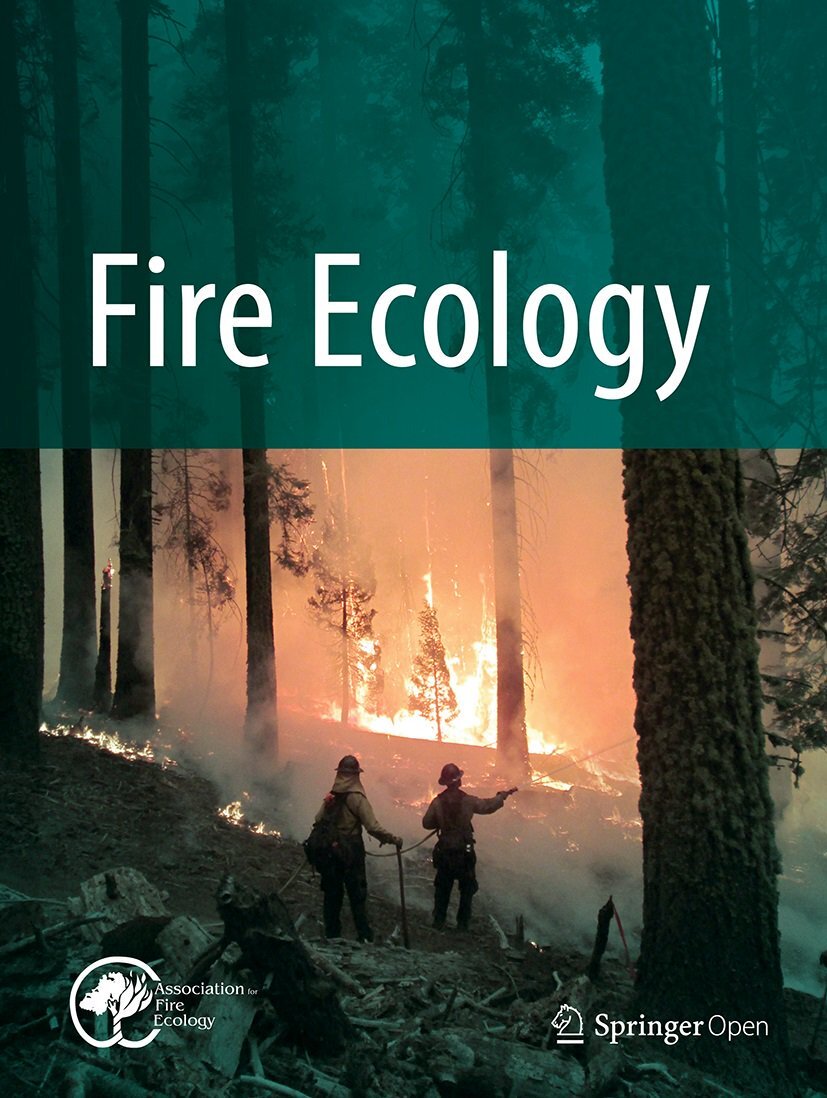The Merits of Prescribed Fire Outweigh Potential Carbon Emission Effects
EXECUTIVE SUMMARY September 2013
While North American ecosystems vary widely in their ecology and natural historical fire regimes, they are unified in benefitting from prescribed fire when judiciously applied with the goal of maintaining and restoring native ecosystem composition, structure, and function. On a modern landscape in which historical fire regimes cannot naturally occur due to fuel load build-up and resulting public safety concerns, the cornerstone ecological role of fire cannot be left to chance.
Unintentional wildfires, which inevitably result due to fuel accumulation, are often ecologically disruptive and socially costly; yielding post-fire ecosystems with reduced ecological value (e.g., carbon sequestration, habitat for wildlife, etc.) and high vulnerability to insects and pathogens. While cessation of prescribed burning may seem appealing in the short term as a means of curbing carbon emissions and improving air quality, this perspective lacks long-term vision and ecological understanding. The overarching imperative for prescribed fire is that it can be used safely and responsibly to reduce hazardous wildfires, while perpetuating stable and resilient ecosystem with regard to ecosystem health, services, and lasting carbon sequestration.


